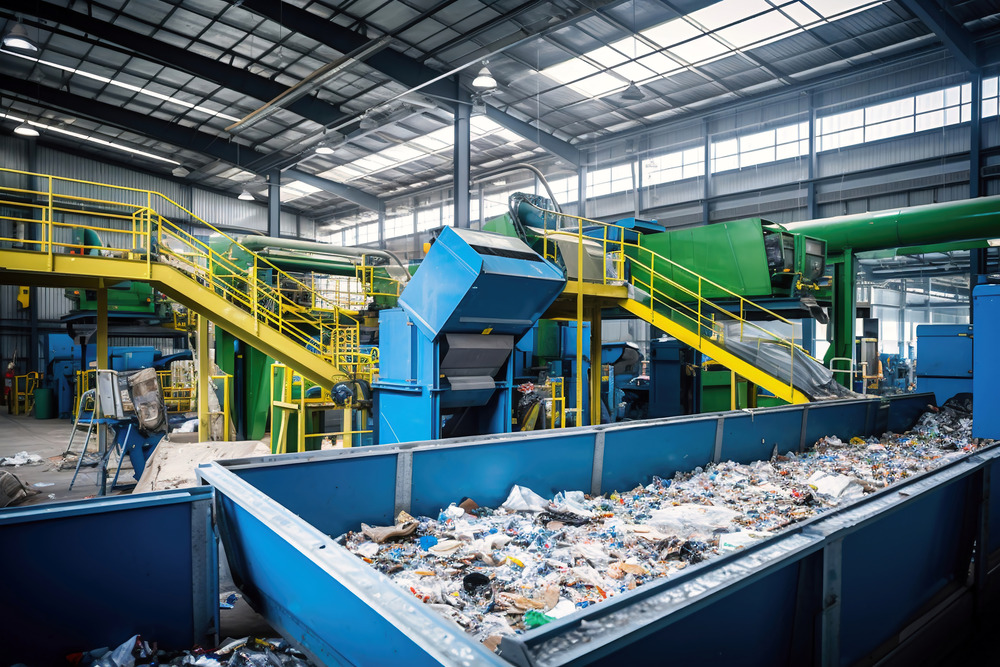How to Set Up a Waste Plastic Recycling Factory
Setting up a waste plastic recycling factory is a strategic investment for anyone looking to enter the plastic recycling industry. With global plastic waste increasing, there is a growing demand for sustainable recycling solutions. This guide walks you through the key steps to plan, build, and operate a successful recycling facility.
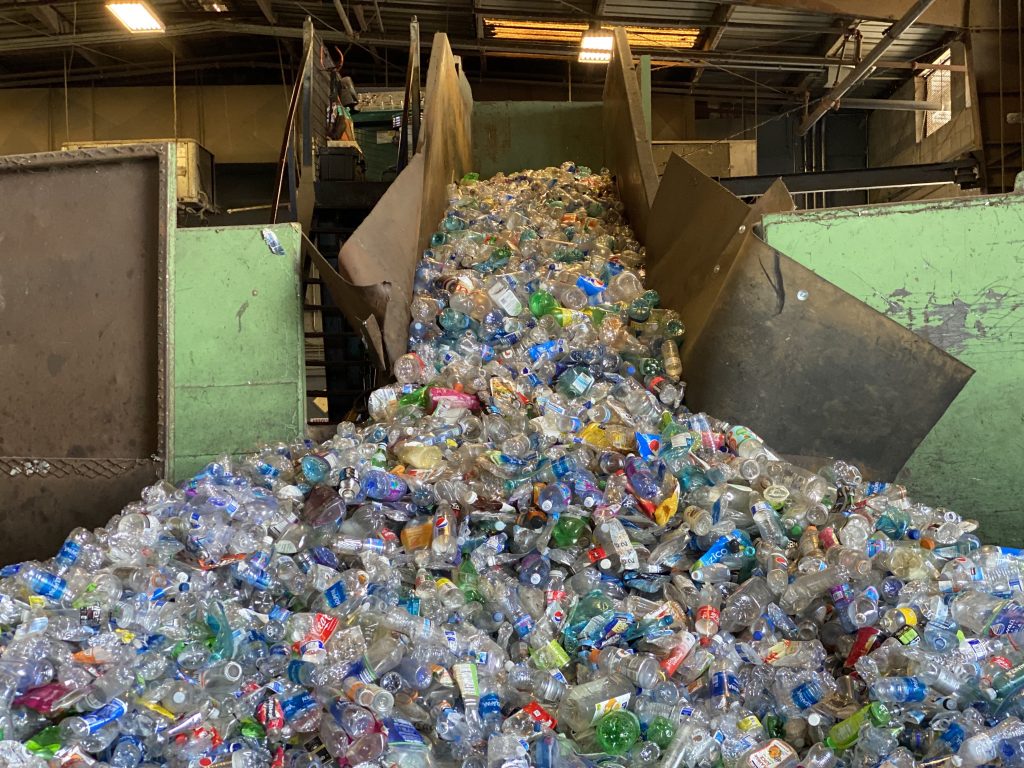
1. Understand the Market and Legal Requirements
Before launching a waste plastic recycling factory, research your local and regional markets. Understand which plastic types (e.g., PET, HDPE, LDPE) are in demand. Additionally, make sure you comply with all environmental regulations and obtain the necessary licenses for operation.
2. Choose the Right Location
The factory location plays a crucial role. Ideally, choose an industrial zone with access to raw plastic waste, good transport links, and basic utilities like electricity and water. This minimizes logistics costs and supports smooth operations.
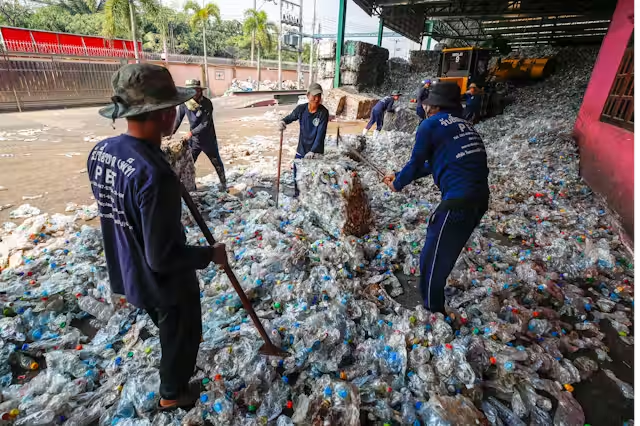
3. Select the Recycling Process and Equipment
Depending on the plastic types you plan to process, your factory will need the following machines:
- Plastic Crusher – for shredding large plastic items into flakes
- Washing Line – for cleaning plastic flakes
- Pelletizing Line – for converting clean flakes into plastic pellets
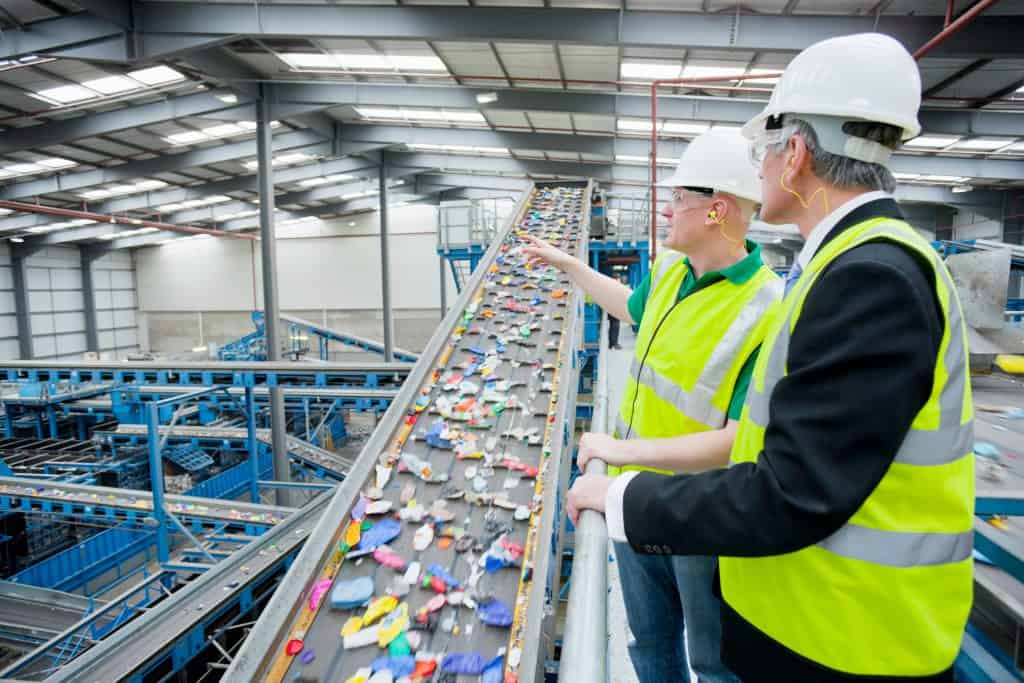
4. Calculate the Cost of Setting Up
The startup cost of a waste plastic recycling factory depends on scale and automation level. Here’s a rough breakdown:
- Basic recycling line (500 kg/h): $80,000 - $150,000
- Full automatic line (1000–2000 kg/h): $200,000 - $400,000
- Other costs: land, installation, electricity, water, staff training
For more details, check our recycling equipment catalog.
5. Train Your Team
Hire and train workers to operate and maintain the machinery. Safety training and routine maintenance should be prioritized to ensure consistent operation and reduce downtime.
6. Ensure Quality Control
Regularly test the quality of recycled flakes or pellets to meet industry standards. Clean, high-quality output increases market value and customer satisfaction.
7. Sell Your Recycled Plastic
Once your waste plastic recycling factory is up and running, find buyers for your recycled products. These include packaging manufacturers, textile companies, and injection molding businesses. You can also export plastic pellets to international markets.
Additional Considerations Before Starting
Before fully launching your waste plastic recycling factory, it's essential to create a detailed business plan. This should include projected material input volumes, expected output capacity, target customer segments, and pricing strategies. It’s also wise to conduct a feasibility study, especially if you’re planning a medium or large-scale operation.
Promote Your Waste Plastic Recycling Factory
Marketing your waste plastic recycling factory is key to building awareness and securing regular buyers. Create a professional website, attend industry exhibitions, and reach out to potential clients such as packaging manufacturers or textile producers. A visible and well-positioned brand will boost your sales and credibility in the market.
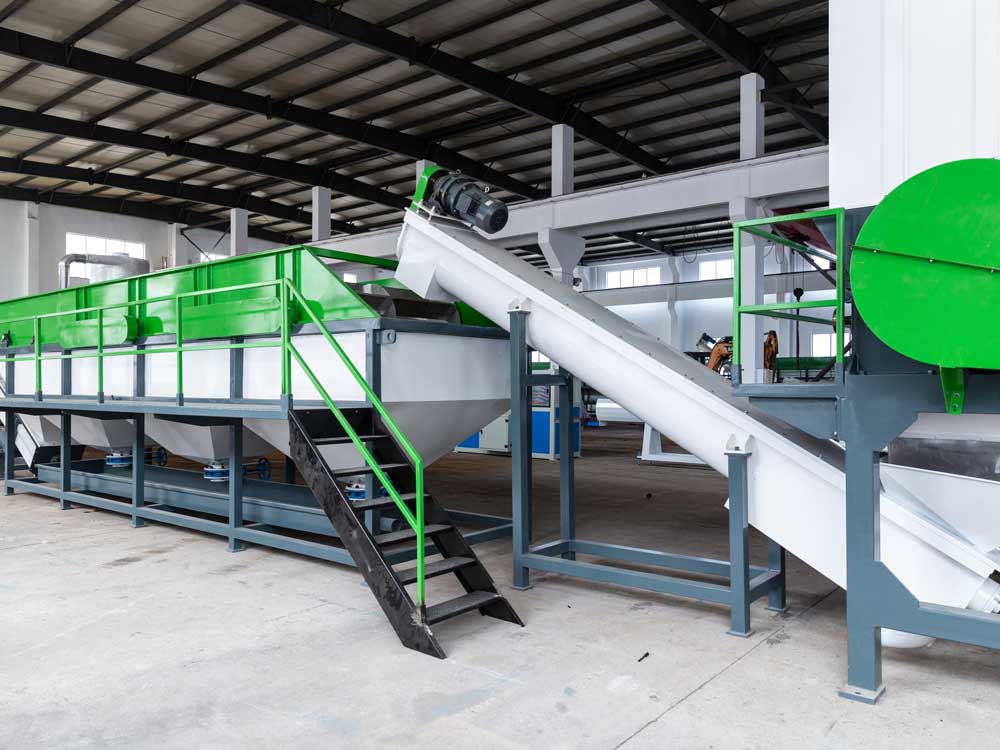
Tips to Maximize Efficiency in Your Waste Plastic Recycling Factory
Running a successful waste plastic recycling factory is not just about equipment—it's also about smart management. Make sure your team is well-trained on safety and operation standards. Regular maintenance of crushers, washing lines, and pelletizing machines can reduce downtime and improve output. In addition, monitor your energy and water usage to ensure sustainability goals are met. An efficient waste plastic recycling factory leads to higher profits and a stronger brand reputation in the global recycling market.
In summary, building a successful waste plastic recycling factory requires careful planning, reliable equipment, and compliance with local regulations. With the right approach, your factory can be both profitable and eco-friendly.
Conclusion
Starting a waste plastic recycling factory requires careful planning, the right equipment, and compliance with regulations. By following these steps, you can contribute to environmental sustainability while building a profitable business.
To learn more about international plastic recycling trends, visit Plastics Recyclers Europe.

